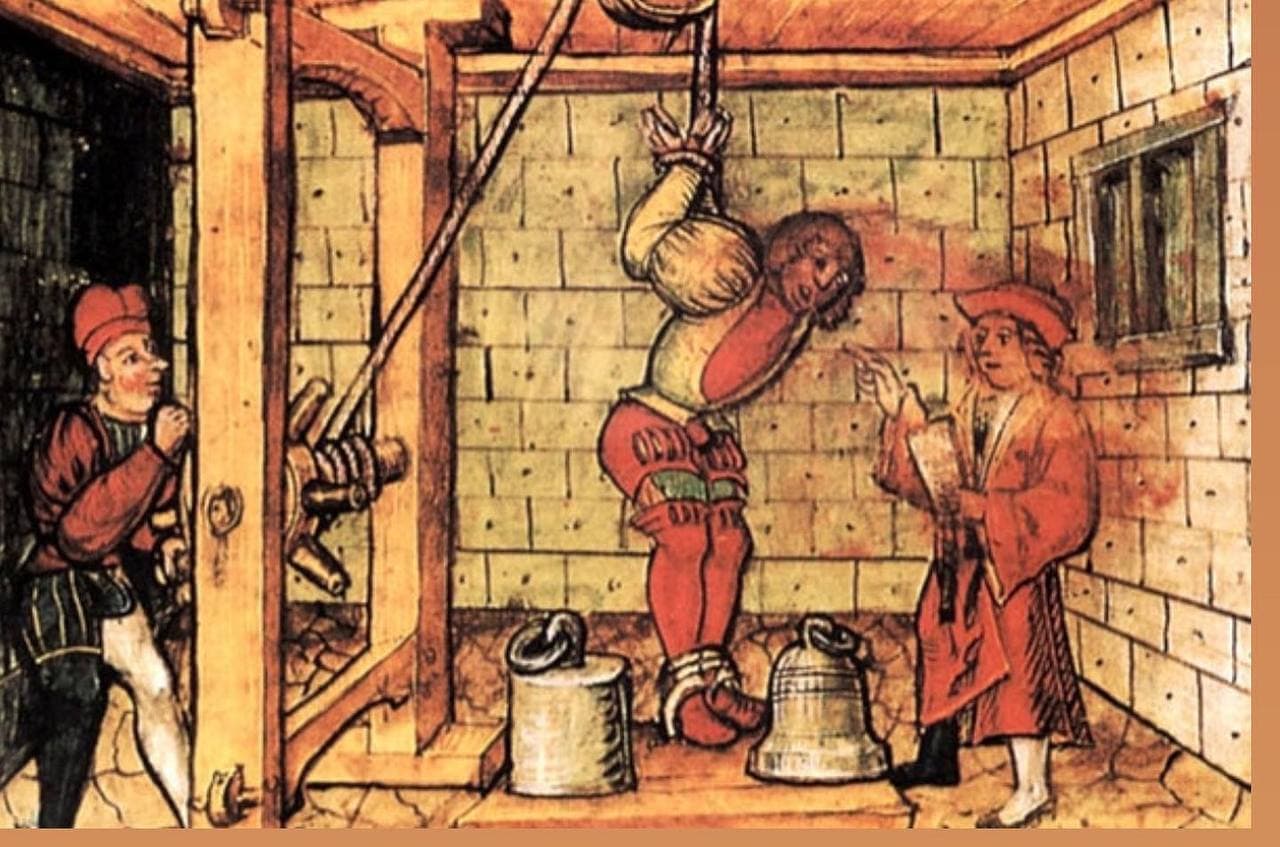 “The Holy Inquisition (Latin Inquisitio – survey) – the establishment of the Catholic Church Heresy cannot be destroyed without the destruction of heretics; and heretics cannot be destroyed unless the defenders and supporters of heresy are also destroyed, and this can be achieved in two ways: their conversion to the true Catholic faith or the conversion of their flesh to ashes, after they are given into the hands of secular power. ”
“The Holy Inquisition (Latin Inquisitio – survey) – the establishment of the Catholic Church Heresy cannot be destroyed without the destruction of heretics; and heretics cannot be destroyed unless the defenders and supporters of heresy are also destroyed, and this can be achieved in two ways: their conversion to the true Catholic faith or the conversion of their flesh to ashes, after they are given into the hands of secular power. ”
The Inquisition obeyed the holy throne and was engaged in the protection of the holy Catholic faith, the matter is not that holy, but almost divine (the church considered it).
There was an inquisition in France, Italy, Germany, England, the Netherlands, the Czech Republic, Spain, Portugal, Peru, Mexico, Brazil, Goa.
Who was accused of heresy, and what was heresy? Accused by interviewing people, heresy was considered any disobedience of the Catholic Church and any deviation from the church, that is, awakening and spiritual practices, interest in history and science, excessive education, female wisdom or leading(for example, herbal treatment) was perceived for witchcraft and any beautiful woman could also be accused of a deal with the Devil and promiscuity and sentenced with burning (often accused by men who were refused).
People were arrested and tortured with harsh measures through stretching the body and breaking muscles, clamping certain parts of the body, crushing the joints, as well as torture with water, fire and crippled iron. Torture was allowed only once, but this rule was circumvented, declaring each new torture the renewal of the previous one. A man could confess and his case was taken to court, put in a church prison or tortured to death, burned.
The inquisitors were both bishops and in the early 1230s, the pope entrusted the search for heretics to the monks of begging orders – the Dominicans and Franciscans. They had a number of advantages necessary in this matter: they were betrayed to the pope, did not depend on the local clergy and lords, and liked the people with their demonstrable poverty and lack of tension.
Thus, in the Middle Ages, the Catholic Church brutally killed people for any spiritual development, preventing people from searching for truth and truth.
Witches were “appointed” not necessarily young and beautiful, although young and beautiful, too – in this case, the charge of leading reflected the fear of men (especially, probably, monks) before women’s charms. For collusion with the devil, elderly midwives and banners were also judged – here the reason could be the fear of clerics of the alien knowledge and authority that such women enjoyed among the people. Finally, the witches turned out to be single and poor women – the weakest members of the community.


